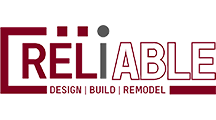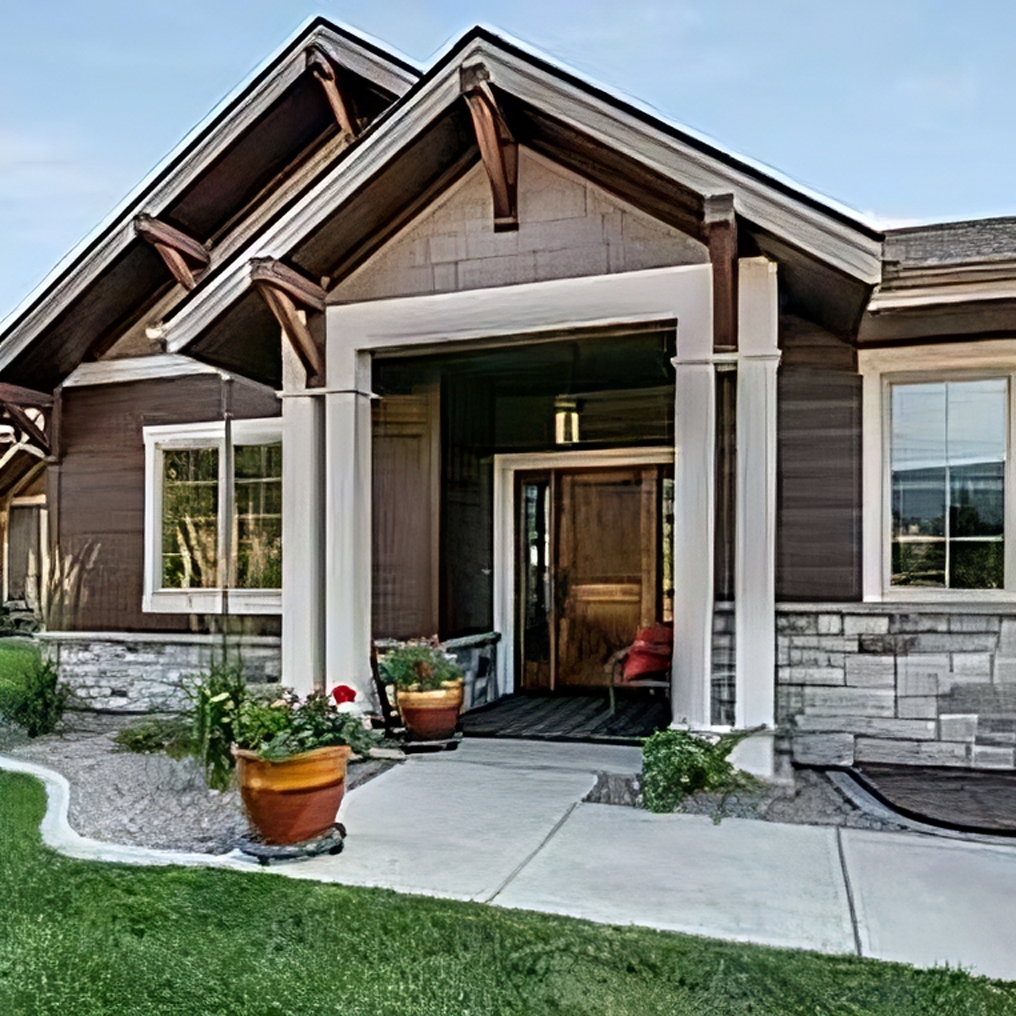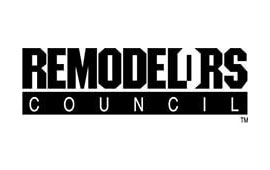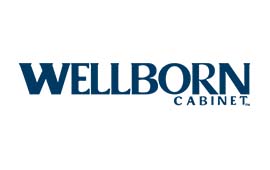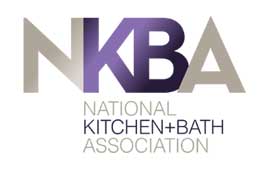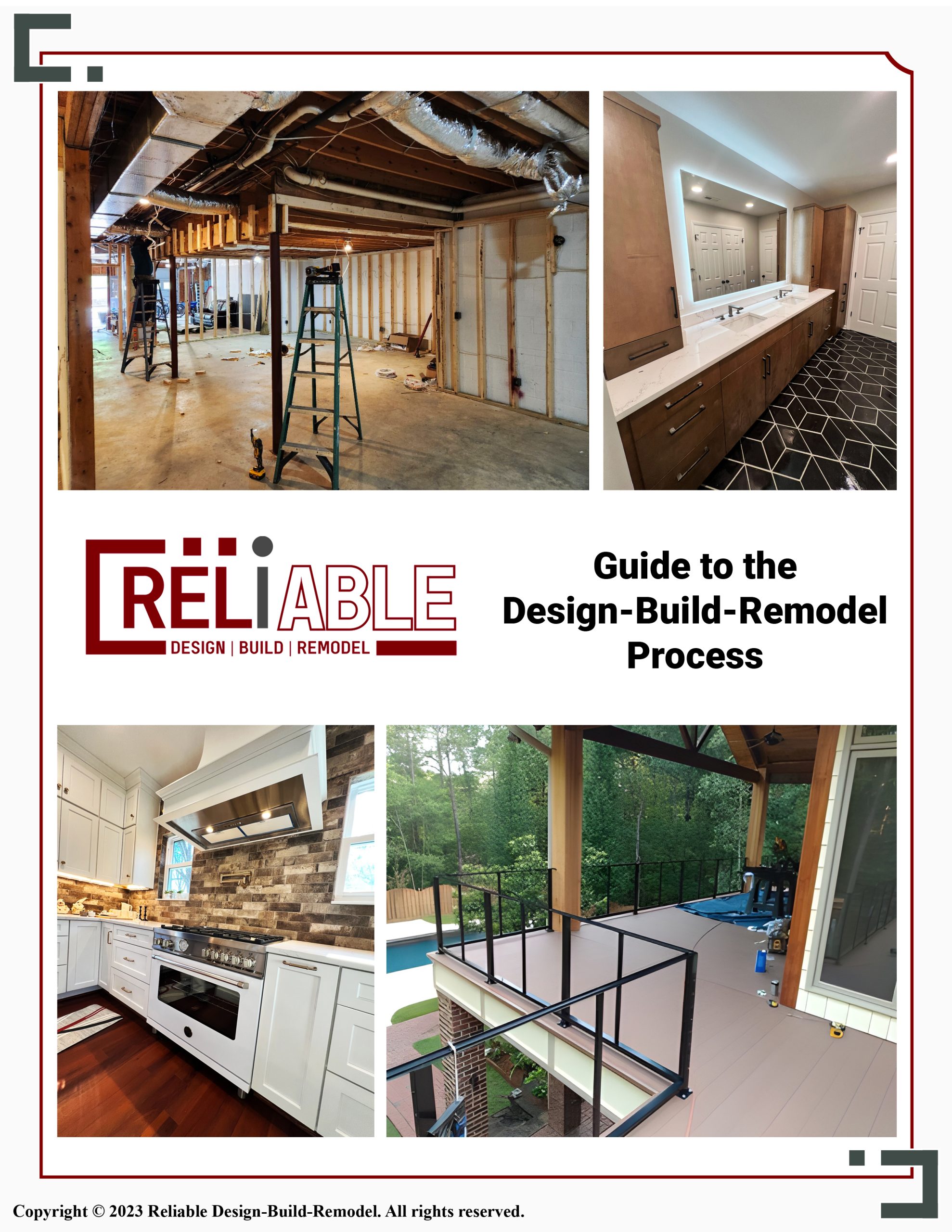When embarking on a construction or remodeling project, choosing the right project delivery method is crucial. The two most common methods are Design-Bid-Build (DBB) vs the Design-Build-Remodel (DBR). Each has its advantages and disadvantages, and understanding these can help you make the best decision for your project. At Reliable Design-Build-Remodel, we want to ensure that you have all the information you need to make an informed choice. Let’s explore these methods and see how they compare.
What are the disadvantages of Design-Bid-Build?
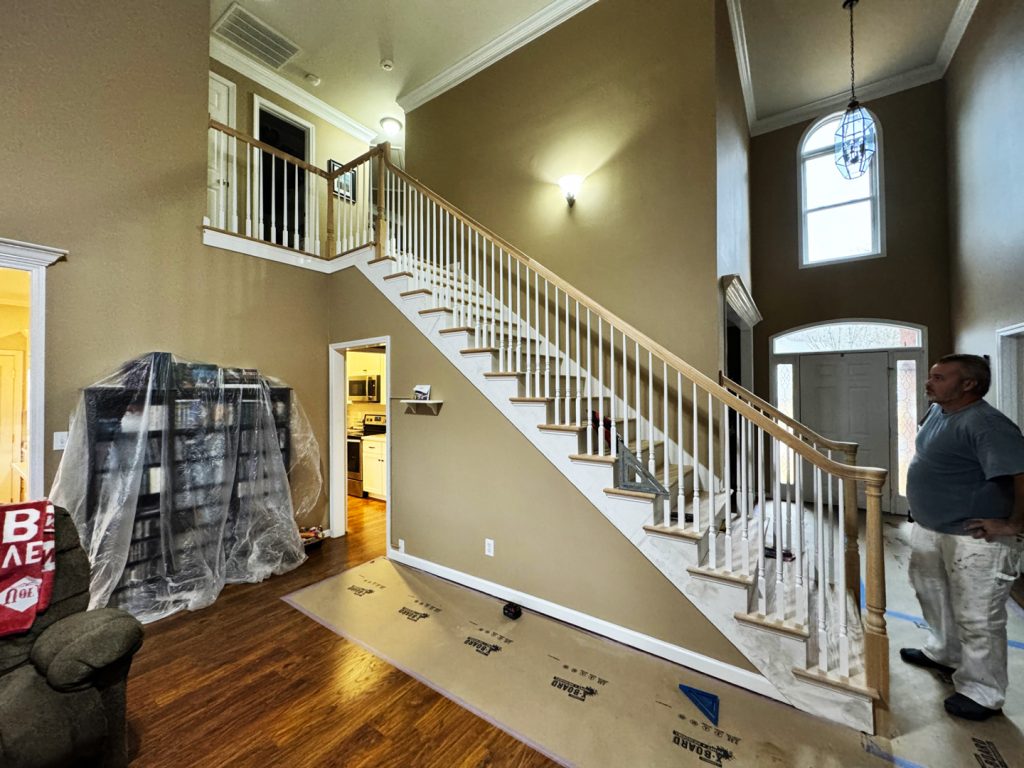
The Design-Bid-Build (DBB) method, while traditional and widely used, comes with several disadvantages. One of the primary drawbacks is the separation of design and construction phases, which can lead to communication gaps between the designer and the builder. This disconnect often results in changes during construction, causing delays and increasing costs. Additionally, the bidding process can be time-consuming, extending the overall project timeline. There’s also a risk that the lowest bid, while initially attractive, may not account for unforeseen issues, leading to compromises in quality or unexpected expenses later in the project.
What is meant by Design-Build?
Design-Build (DB) is a project delivery method where a single entity is responsible for both the design and construction phases of a project. This integrated approach streamlines the process by fostering collaboration between the design and construction teams from the outset. By having one team handle the entire project, Design-Build reduces the potential for miscommunication and ensures that the project’s vision is carried through from concept to completion. This method often results in faster project completion and can provide better value for clients as the design and construction teams work together to meet budgetary and scheduling goals.
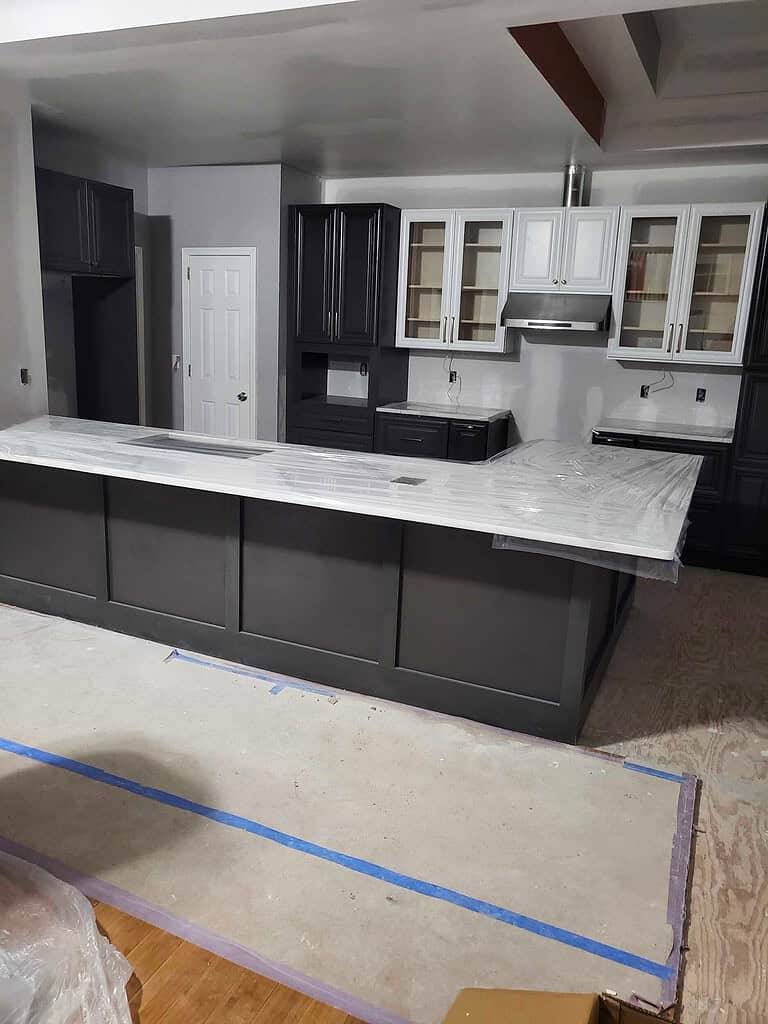
What are 5 Disadvantages of a Design-Bid-Build Process?
- Increased Risk of Miscommunication: With separate design and construction teams, there’s a greater chance for misunderstandings and miscommunication, which can lead to errors and rework.
- Longer Project Timeline: The DBB process is sequential, meaning each phase must be completed before the next begins, leading to longer project timelines.
- Higher Costs: Because the project is bid on after the design phase, there’s often less control over costs, leading to potential budget overruns.
- Less Flexibility: Changes made during the construction phase can be costly and time-consuming, as they often require revisiting the design phase.
- Potential for Adversarial Relationships: The separation of design and construction responsibilities can create a more adversarial relationship between parties, which can negatively impact the project’s success.
What is the purpose of DBB?
The primary purpose of the Design-Bid-Build (DBB) method is to separate the design and construction phases to ensure that the design is fully developed and approved before construction begins. This method is designed to provide a clear and structured approach, where the owner can have significant input during the design phase, ensuring that their vision is accurately captured in the final plans. Once the design is completed, the project is put out to bid, allowing for competitive pricing and the selection of a contractor who can best meet the project’s needs. DBB aims to minimize risks by thoroughly planning the project before any construction work starts.
When to use Design-Build vs. Design-Bid-Build?
Choosing between Design-Bid-build vs the Design-Build-Remodel depends on the specific needs and priorities of your project. Design-Bid-Build is often preferred for projects where the owner wants more control over the design phase and prefers to have separate contracts for design and construction. This method is also suitable for projects with a well-defined scope that is unlikely to change. On the other hand, Design-Build is ideal for projects where time is of the essence, and streamlined communication is essential. It’s also a good choice for owners who prefer a single point of responsibility and are looking for a more collaborative process that can adapt to changes more easily.
Why is Design-Build-Remodel better?
At Reliable Design-Build-Remodel, we believe that the Design-Build approach, especially in the context of remodeling, offers significant advantages over traditional methods. Design-Build-Remodel ensures that your project is handled by a cohesive team that is committed to your vision from start to finish. This integrated approach minimizes the risk of misunderstandings, reduces the potential for costly changes, and often results in a faster, smoother project delivery. With Design-Build-Remodel, you have a single point of contact, which simplifies communication and fosters a more personalized experience. Ultimately, this approach leads to higher client satisfaction, as the project is tailored to meet your specific needs and is completed with a focus on quality, efficiency, and attention to detail.

Reliable Design-Build-Remodel is a full service general construction firm and remodeling contractor operating in the Birmingham metro and Jefferson and Shelby County areas and surrounding communities, including Birmingham, Helena, Chelsea, Mountain Brook, Hoover, Homewood, Montevallo, Alabaster, Vestavia Hills, and Pelham, with over 30 years of servicing our valued clients. Offering full service suite of general remodeling, design and build services. Our specialties include bathroom remodeling, kitchen remodeling, exterior renovations, interior renovations, painting, and more!
Visit us at reliablerem.com, and like and follow us on Facebook and Instagram!
